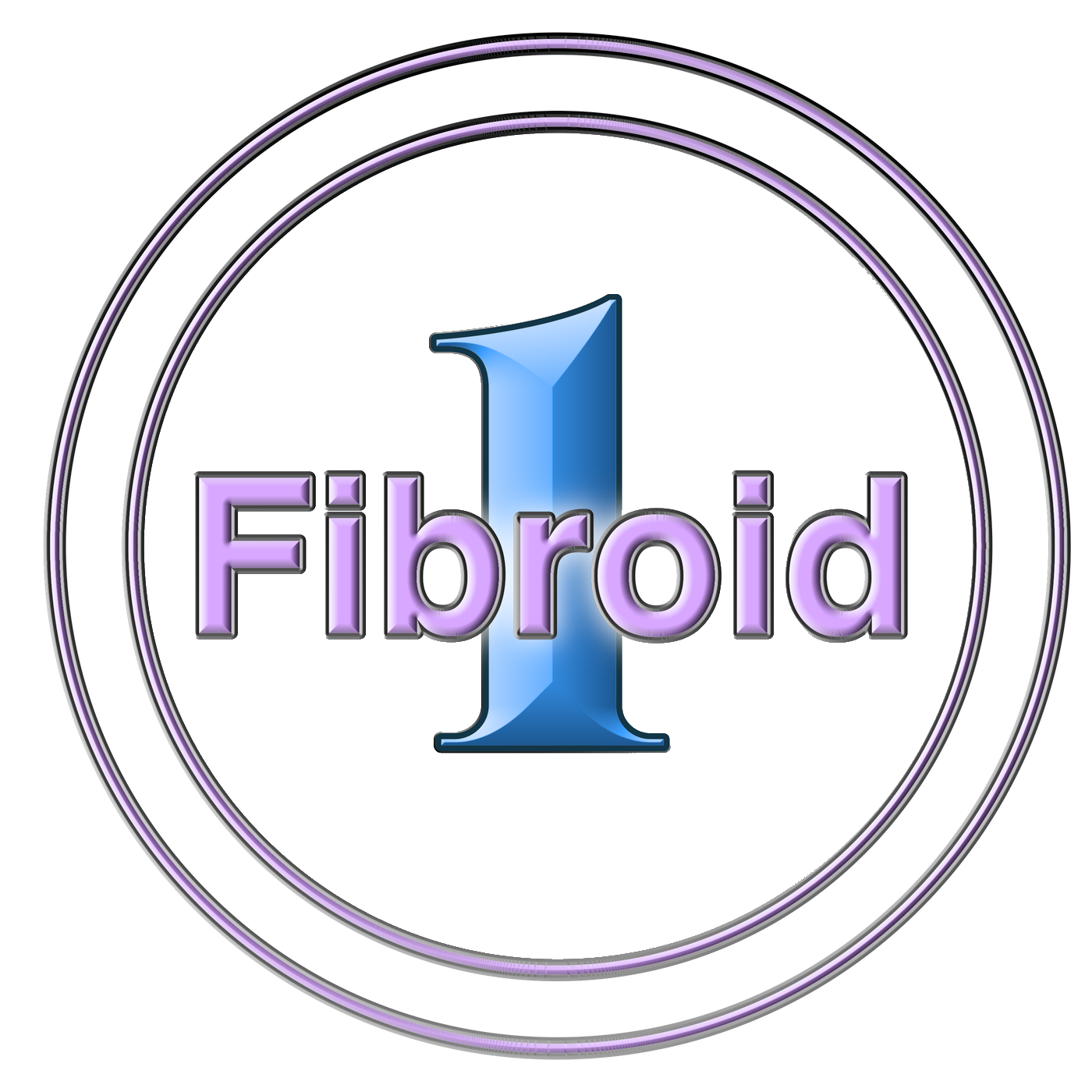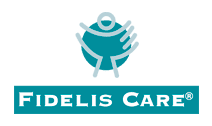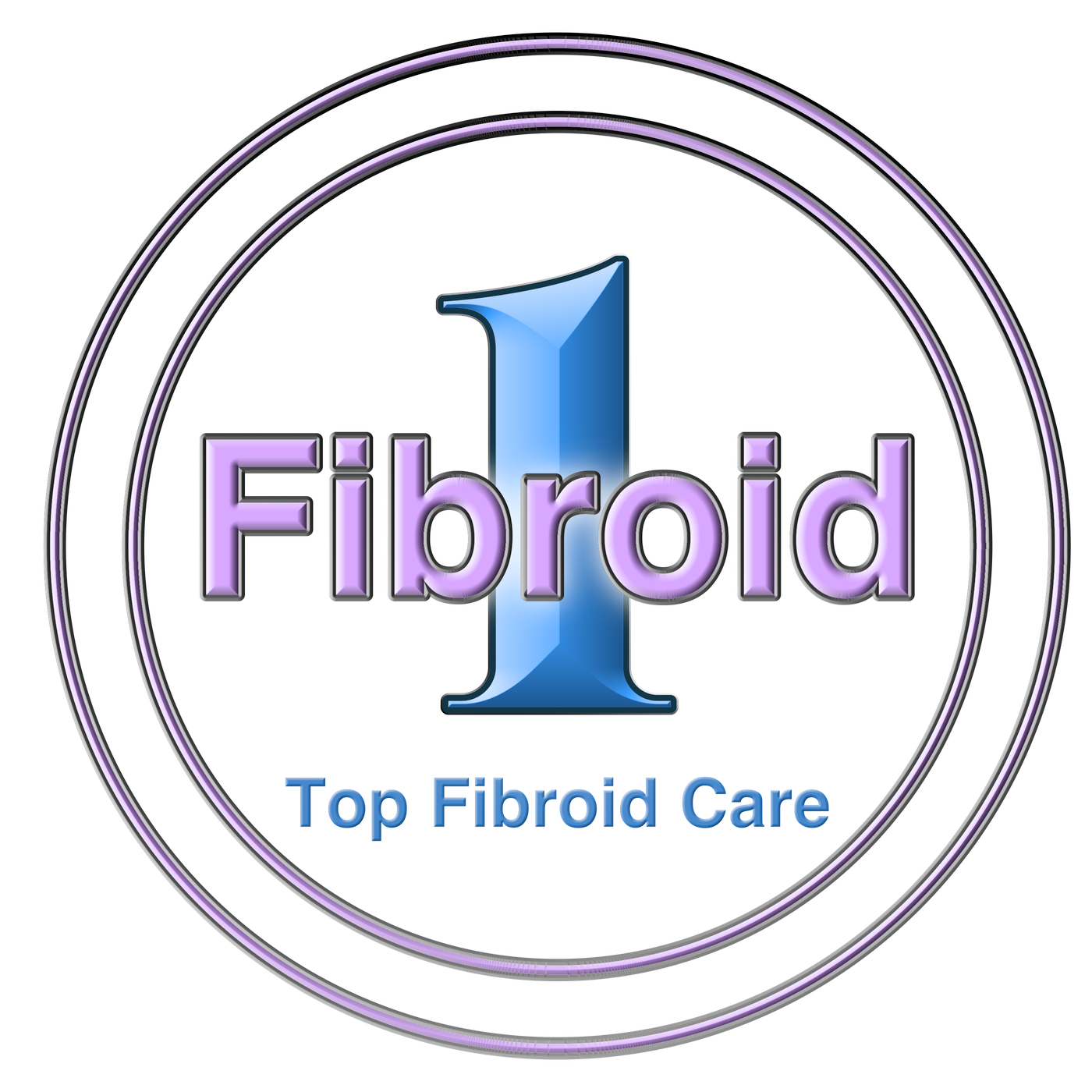Living with Pelvic Congestion Syndrome (PCS) can be challenging, both physically and emotionally. This chronic condition, caused by enlarged varicose veins in the pelvis, often leads to persistent pelvic pain, discomfort, and a range of symptoms that can interfere with daily life. While PCS is not life-threatening, its impact on mental, physical, and emotional well-being can be profound.
Because PCS is a long-term condition, learning how to cope effectively is crucial for improving quality of life. This blog explores various coping mechanisms—from medical management to lifestyle changes and emotional support—that can help those living with PCS regain control over their health and well-being.
Understanding Pelvic Congestion Syndrome
PCS occurs when veins in the pelvic region fail to drain blood efficiently, causing blood to pool and the veins to swell. This leads to chronic pelvic pain, often worsening after standing for long periods, during or after intercourse, and in the days leading up to menstruation. Other symptoms may include:
- A dull, aching pain in the lower abdomen and pelvis
- Pain that worsens after prolonged standing or sitting
- Painful intercourse (dyspareunia)
- Swelling or heaviness in the pelvic region
- Increased urinary frequency
- Varicose veins in the buttocks, upper thighs, or vulva
Since PCS can often be misdiagnosed or mistaken for other gynecological conditions, getting the right diagnosis is the first step in learning how to manage it effectively.
Coping Mechanisms for PCS
While there is no single cure for PCS, managing the condition involves a combination of medical treatments, lifestyle changes, and emotional support. Finding the right approach can make a significant difference in reducing symptoms and improving daily function.
1. Medical Management
A. Pain Management
For many women, chronic pain is the most difficult aspect of PCS. Pain management strategies include:
- Nonsteroidal Anti-Inflammatory Drugs (NSAIDs): Medications like ibuprofen or naproxen can help relieve mild to moderate pain.
- Prescription Pain Medications: In some cases, a healthcare provider may prescribe stronger pain relievers if over-the-counter medications are not effective.
- Pelvic Floor Physical Therapy: Working with a specialist can help strengthen the pelvic muscles, improve circulation, and reduce pain.
B. Medical Interventions
For women with severe or persistent symptoms, there are minimally invasive treatments available:
- Pelvic Vein Embolization (PVE): A procedure that blocks off the problematic veins, reducing swelling and pain. This is one of the most effective treatments for PCS.
- Hormonal Therapy: In some cases, hormone treatments (such as birth control pills) can help reduce symptoms by regulating blood flow and hormone levels.
- Sclerotherapy: A procedure where a chemical solution is injected into the affected veins to shrink them.
Talking to a vascular specialist or gynecologist can help determine the best course of treatment for your specific symptoms and condition severity.
2. Lifestyle Changes to Improve Symptoms
A. Exercise and Movement
While strenuous exercise may not always be possible with PCS, regular movement improves circulation and prevents blood from pooling in the pelvic veins. Beneficial exercises include:
- Walking: Low-impact and easy on the joints, walking helps stimulate circulation and reduce vein congestion.
- Yoga and Stretching: Certain yoga poses (like child’s pose, cat-cow, and bridge pose) can ease pelvic tension and promote better blood flow.
- Swimming: This low-impact exercise provides full-body movement without putting excess pressure on the pelvis.
If standing or sitting for extended periods triggers pelvic pain, consider changing positions frequently, taking breaks, or using compression garments to support the veins.
B. Diet and Nutrition
A healthy diet can help reduce inflammation, promote circulation, and support overall vascular health. Some key dietary changes include:
- Increase Fiber Intake: Foods rich in fiber (like fruits, vegetables, and whole grains) prevent constipation, which reduces pressure on the pelvic veins.
- Stay Hydrated: Drinking plenty of water helps maintain circulation and reduce bloating.
- Limit Salt and Processed Foods: Excess sodium can lead to water retention and increase vein swelling.
- Consume Anti-Inflammatory Foods: Omega-3 fatty acids (found in salmon, walnuts, and flaxseeds) help reduce inflammation and vein irritation.
C. Weight Management
Excess weight can put additional strain on the veins, worsening PCS symptoms. Maintaining a healthy weight through diet and exercise can ease pressure on the pelvic region and improve overall vascular health.
3. Managing Emotional and Psychological Well-Being
Living with a chronic pain condition like PCS can be emotionally exhausting. Anxiety, depression, and frustration are common feelings among those dealing with persistent symptoms. Addressing mental health is just as important as managing physical pain.
A. Mental Health Support
- Therapy and Counseling: A therapist can help develop coping strategies to manage stress, frustration, and anxiety related to PCS.
- Cognitive Behavioral Therapy (CBT): This therapy helps patients change negative thought patterns and develop healthier ways to manage pain.
B. Mindfulness and Stress Reduction
- Meditation and Deep Breathing: Practices like guided meditation and progressive muscle relaxation can help ease tension and pain perception.
- Journaling: Keeping a pain and symptom journal can help track triggers and improve communication with doctors.
C. Social Support and Community
- Support Groups: Connecting with others who understand your experiences can be comforting and empowering.
- Open Communication with Loved Ones: Educating family and friends about PCS helps them better understand and support you.
4. Practical Tips for Daily Life with PCS
- Use Heating Pads: Applying heat to the pelvic area can provide temporary pain relief.
- Wear Compression Garments: Compression shorts or leggings can support pelvic veins and reduce discomfort.
- Plan Rest Breaks: Avoid long periods of standing or sitting; take breaks to move or rest as needed.
- Modify Work Activities: If your job requires long hours of sitting or standing, speak with your employer about modifying your work environment for better comfort.
Finding Hope and Long-Term Relief
Living with Pelvic Congestion Syndrome can feel overwhelming, but you are not alone. Managing PCS requires a multi-faceted approach, including medical treatment, lifestyle changes, and emotional support. Finding the right combination of coping strategies can significantly improve your daily life and overall well-being.
Remember to listen to your body, advocate for yourself in medical settings, and seek support from loved ones and professionals. While PCS may be a long-term condition, with the right tools and strategies, you can take control of your symptoms and improve your quality of life.
1Fibroid Is Here To Support You
If you are living with uterine fibroids, adenomyosis, or pelvic congestion syndrome and curious about your treatment options, consider 1Fibroid. 1Fibroid is based in New York, with locations in both Manhattan and Queens.We are committed to women’s care, and offer non-invasive options such as medication, hormone therapy, and UFE procedures for fibroids and other solutions for gynecological conditions. If you’re ready to live life without chronic pelvic pain, call us today at 212-991-9991.












